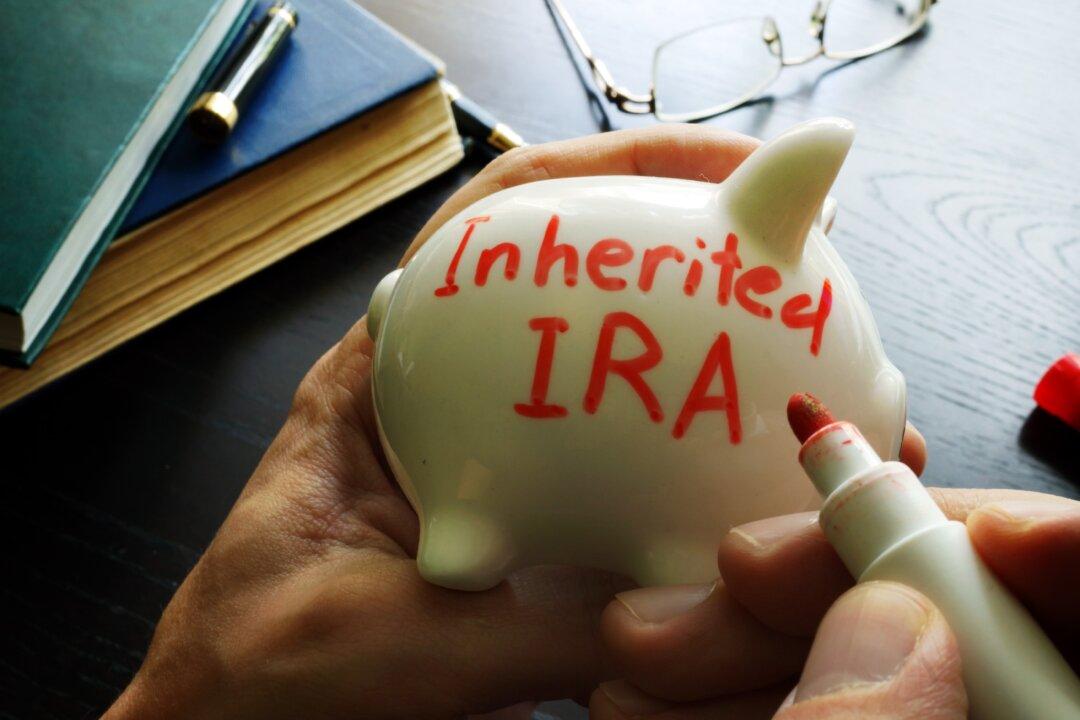When you received an individual retirement account (IRA) as a beneficiary in the past, you could spread out the required minimum distributions (RMDs) for an expected lifespan. It was considered your own. Now, there are new rules for inherited IRAs that you need to know about.
The new rules took effect when the SECURE Act 2.0 was passed under President Joe Biden in December 2022. The biggest change was that the IRA beneficiary rules now require all funds to be withdrawn within 10 years. You are no longer allowed to withdraw the funds over an anticipated lifetime.






